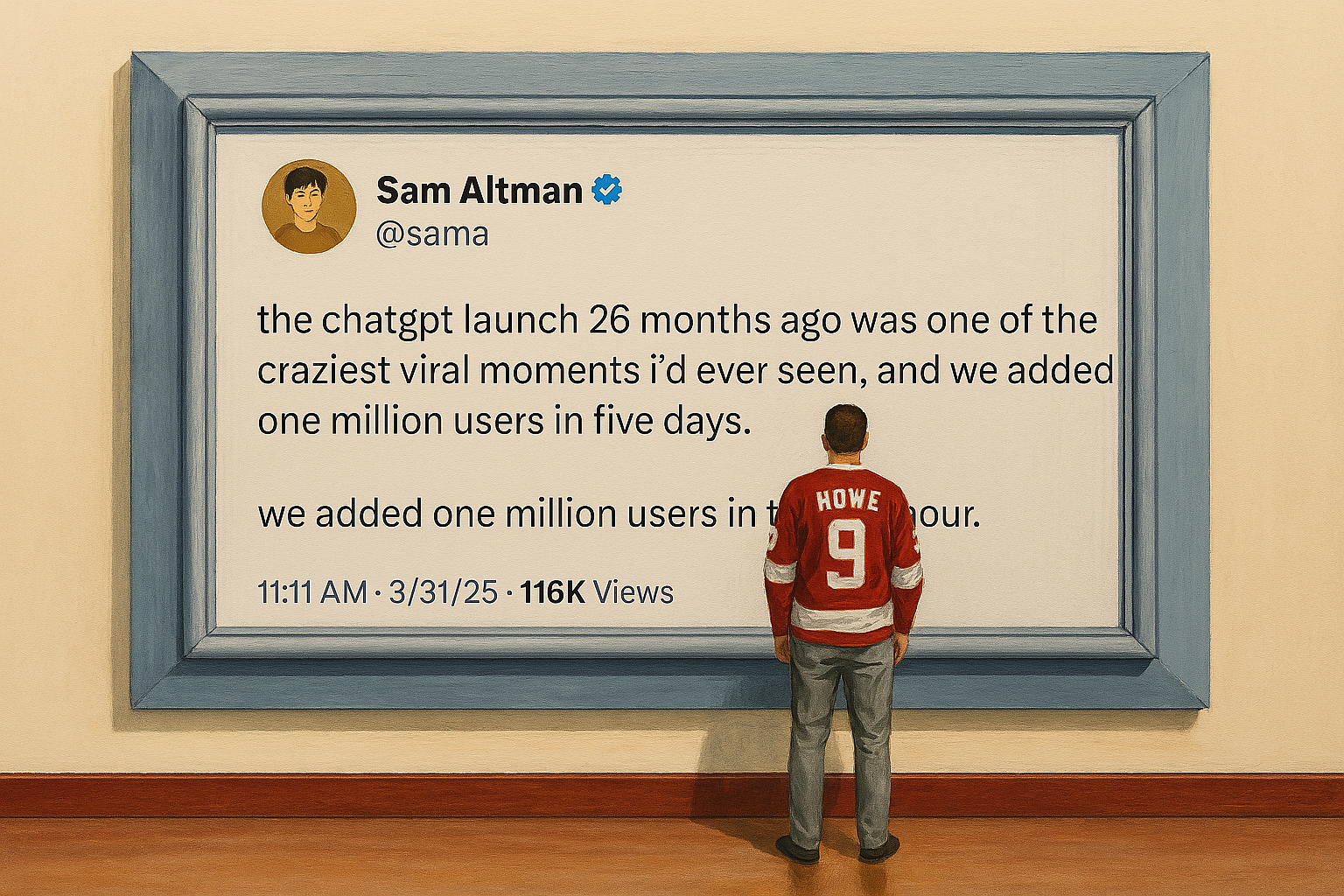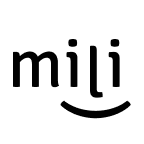Creative compression
Multimodal language models have fundamentally compressed the software development lifecycle. The traditional sequence—product manager writes requirements, designer creates wireframes, engineer builds prototype, team gathers feedback, repeat—has collapsed. Product managers now skip specifications and wireframes, moving directly to functional prototypes. This hasn't eliminated jobs but dramatically accelerated development from months to hours.
ChatGPT's unified image generation model extends this compression beyond software. Real estate developers visualize remodels without architects, cutting months from projects. CPG companies create omnichannel marketing campaigns without graphic designers. Interior designers instantly communicate decoration ideas visually to non-designers with unprecedented clarity.
What we're witnessing is a Cambrian explosion of use cases through the fusion of diffusion models and language models into unified systems. The outer boundaries remain unclear, but they suggest a profound shift.
The strategy of building single, larger unified models rather than domain-specific ones aligns with Richard Sutton's "Bitter Lesson" and delivers superior outcomes. This trajectory points toward models that will natively produce video, 3D models, audio, complete applications, CAD drawings, and virtually any digital media—where each new capability compounds on existing world knowledge captured in the models' latent space.
The full implications remain elusive, but we're clearly experiencing another ChatGPT-level inflection point in creative production.

This inflection point is particularly thrilling for those of us building at the application layer in visual communication. Companies that create intuitive interfaces between these unified models and everyday users stand to transform how we communicate visually. The acceleration isn't just in production speed—it's in democratizing sophisticated visual creation. By abstracting away technical complexity while expanding creative possibilities, we're entering an era where the bottleneck shifts from technical ability to imagination. For anyone passionate about amplifying human creativity, there has never been a more exciting time to build.
